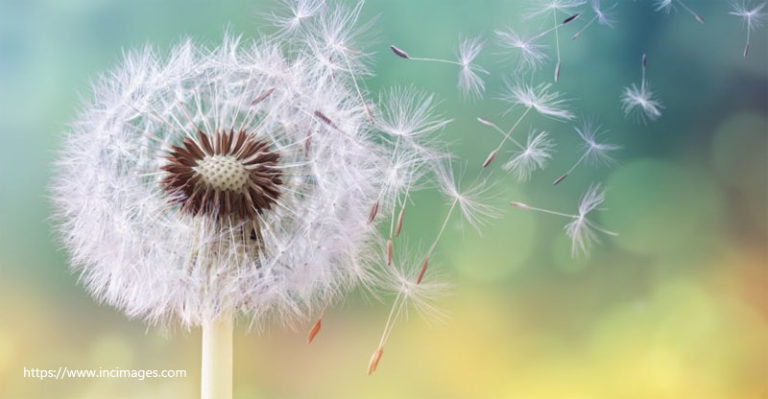The number one way to save the environment and your bank account is to change the way you use energy. All it takes is to set your thermostat a few degrees lower in the winter and a few degrees higher in the summer to save money on the heating and cooling bill. By installing compact fluorescent light bulbs you can save energy. Also, try using a drying rack to save the energy that would otherwise be with a drying machine.

Believe it or not, saving water equals living green and it can lower the amount you spend monthly as well. Although it is hard to do early in the morning or on a cold winter day, try to take shorter showers to reduce water use. Installing a low-flow shower head can reduce your water and energy bill. Also, make sure you have a faucet aerator on each faucet as it will help conserve heat and water.
By now, you are probably well aware of the fact that less gas translates into less money spent. If you can, walk or bike to work rather than wasting away gas. If this is not a possibility, talk to co-workers and try to arrange a carpooling system.
Living green also involves what your food intake is each day. For those who do enjoy meat, simple skipping meat one meal each week can save exponentially. Another useful tip is to buy locally raised, humane and organic meat, eggs and dairy whenever possible. By purchasing green products from local farmers, it will help to keep money in your local community.
It is important to drink around 8 glasses of water per day, but this results in a lot of people purchasing one bottled water after another. Bottled water can become expensive over time, but more importantly it creates a tremendous amount of container waste. Drinking filtered water from an aluminum water bottle while on the road is much more efficient and will help you save money.














